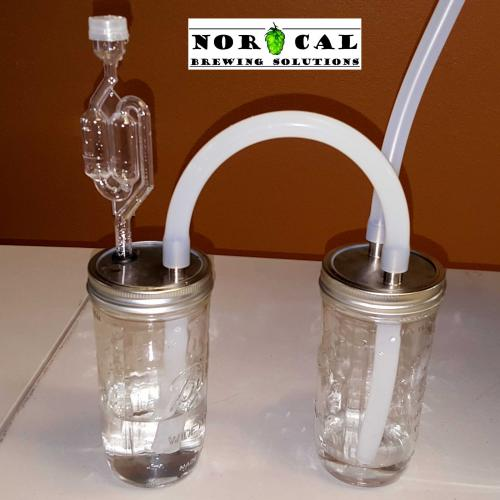BolgBeorach
Active Member
I realise that this question has been asked before, but I'm none the wiser from reading the older threads. Does cold crashing actually increase the risk of oxidation in a substantial way? I have seen posts stating that the suckback from the contracting liquid/air inside the fermentor would introduce oxygen via the airlock and thus probably cause oxidation of the beer; but doesn't oxygen enter anyway when we open it to take a hydrometer reading or to dry hop? And the amount that might enter the vessel through the airlock due to temperature change must surely be far less than that introduced when taking the whole lid off and putting something into the beer. Has anyone here experienced significant oxidation attributable to cold crashing?













































![Craft A Brew - Safale S-04 Dry Yeast - Fermentis - English Ale Dry Yeast - For English and American Ales and Hard Apple Ciders - Ingredients for Home Brewing - Beer Making Supplies - [1 Pack]](https://m.media-amazon.com/images/I/41fVGNh6JfL._SL500_.jpg)













